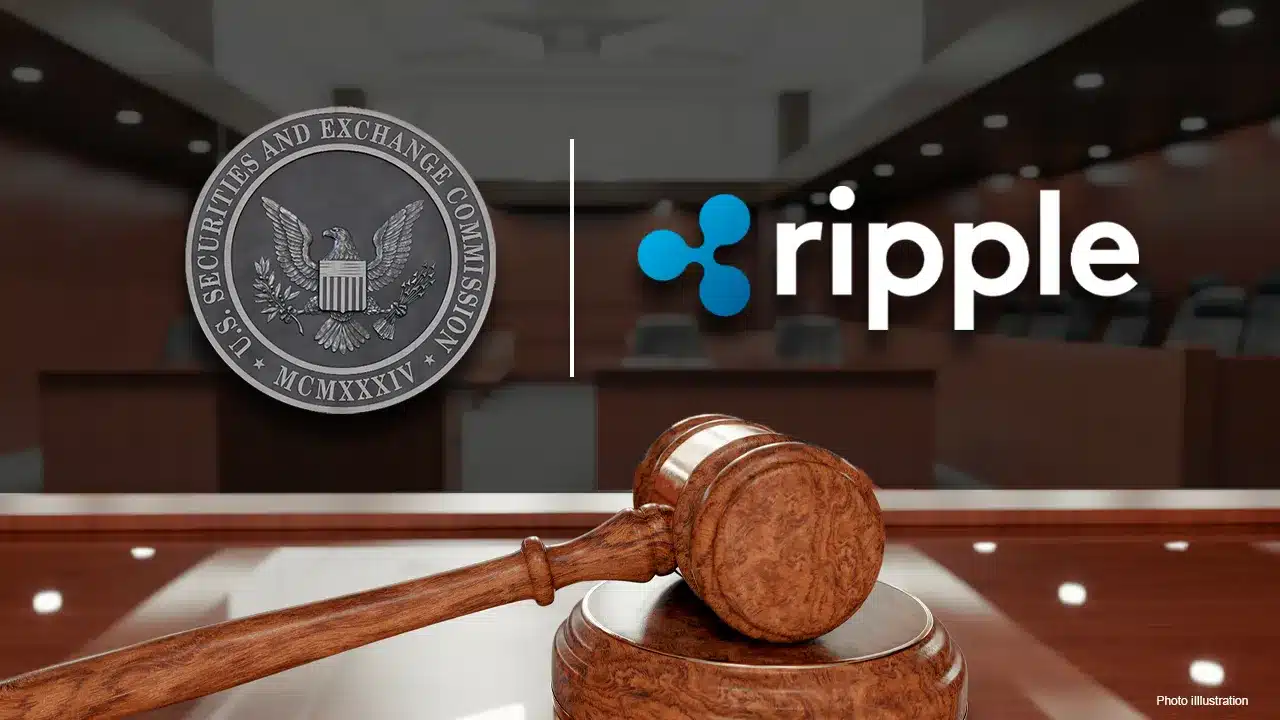Pundit Says You Weren’t Meant to Understand the New Ripple-SEC Decision – Here’s What He Means
0
0

A recent federal court decision involving Ripple Labs and the U.S. Securities and Exchange Commission has taken a new turn after a widely discussed breakdown by crypto analyst and commentator Pumpius hit X.
Although the decision may appear procedural on the surface, it has drawn a closer examination of its deeper implications.
Judge Analisa Torres officially rejected a joint motion submitted by both Ripple and the SEC. The request aimed to have the court annul a permanent injunction on Ripple and reduce the $125 million financial penalty by two-thirds. The judge refused both petitions on the basis of transparency and due legal procedure.
According to Pumpius, the dismissal conveyed a deeper message to both parties and the public rather than a mere objection to the process. The decision highlighted that Ripple or the SEC cannot circumvent the appeal process or negotiate in a backroom setting.
“You cannot bypass the appeals process. You cannot play behind-the-scenes games while the system pretends to be neutral,” Pumpius noted.
The court stopped both parties’ attempts to end the case silently and sternly reminded them that judicial supervision was not to be circumvented.
Also Read: Coinbase CEO Urges Bitcoin Long Bet as BTC Nears Historic Price Milestone
THE RIPPLE RULING YOU WEREN’T MEANT TO UNDERSTAND
“Ripple and SEC joined forces…
…Judge Torres shut them both down.”You’re about to understand why this matters more than ever.
Read every line. Then choose your side.pic.twitter.com/MCTOaTJi4L
— Pumpius (@pumpius) June 26, 2025
Behind the Rejection: Legal Optics, Institutional Moves, and Strategic Delays
As Pumpius further elaborated, the motion itself was the result of a settlement process in which Ripple had accepted partial responsibility, and the SEC had agreed to terms.
The motion, if granted, would have allowed Ripple to exit with fewer restrictions, less financial damage, and limited attention from appellate courts. Judge Torres, however, declined to allow what many believe was a backroom resolution.
This latest ruling does not reverse Ripple’s earlier 2023 victory, in which the court ruled that XRP is not a security when sold in secondary markets. That aspect of the case still stands. Nevertheless, permanent injunctions and initial 125 million-dollar fines still exist.
According to Pumpius, Ripple’s endearing response to closing the case might be associated with the kick-starting of a new era of utility, including the company’s expansion of its stablecoin, RLUSD, development of stablecoin corridors, increasing interest in central bank digital currencies (CBDC), and upcoming reviews of XRP-based ETFs in Canada and Asia.
Market Impact and Alleged Accumulation Strategy
Addressing a more speculative angle, Pumpius questioned the motivations behind the SEC’s agreement to the joint motion. He suggested that both Ripple and the SEC may already know which financial infrastructure will lead the next phase of liquidity movement.
In this view, the motion was an attempt to quietly transition into a new stage of financial operations while shaping the narrative behind closed doors.
Consequently, Judge Torres’s ruling slows that process, and, as Pumpius put it, the denial also has other impacts. It momentarily depresses the price of XRP, stimulates fear among retail investors, and gives institutions additional time to purchase assets.
According to this view, the legal delay is not a loss for Ripple; it is a calculated liquidity trap intended to reshape the market before the next financial era begins.
While the price of XRP went down after the ruling, many retail owners panicked and sold their coins. However, the big investors kept accumulating.
Outlook as Appeal Process Advances
Looking ahead, Ripple’s legal position remains intact, which is where it matters most. XRP is still legally recognized as not being a security in retail trading. However, the company remains bound by the existing fine and injunction for now.
The case will proceed to appeal, a process expected to be slower and more disruptive than initially planned. It also ensures more public attention as Ripple and the SEC return to the courtroom.
Conclusion
Judge Torres’s denial of the joint motion underscores the court’s position that legal outcomes must follow transparent procedures. While Ripple retains its previous court win, this latest development ensures that any further resolution will occur in the open.
As noted by Pumpius, the public was never meant to understand the intent behind the motion, but now, the motivations are becoming clearer.
Also Read: Judge Torres Strikes a Major Blow in Ripple-SEC Lawsuit, But There is Good News
The post Pundit Says You Weren’t Meant to Understand the New Ripple-SEC Decision – Here’s What He Means appeared first on 36Crypto.
0
0
 Manage all your crypto, NFT and DeFi from one place
Manage all your crypto, NFT and DeFi from one placeSecurely connect the portfolio you’re using to start.






